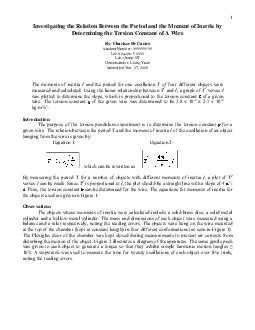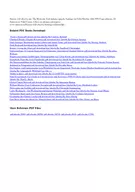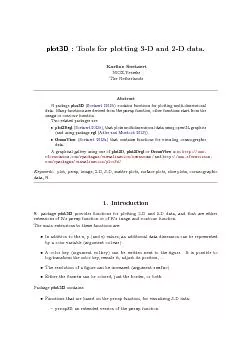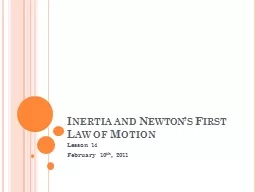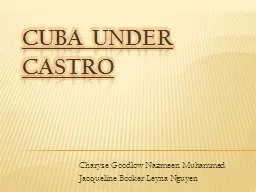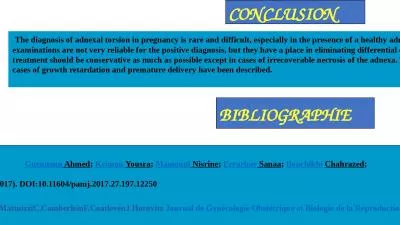PDF-Investigating the Relation Between the Period and the Moment of Inertia by Determining
Author : calandra-battersby | Published Date : 2014-12-13
Figure 1 Analysis Figure 2 brPage 3br dI dT Object Moment of Inertia I kgm Period For One Oscillation s Table 1 Figure 3 I I brPage 4br I T T I Conclusion References
Presentation Embed Code
Download Presentation
Download Presentation The PPT/PDF document "Investigating the Relation Between the P..." is the property of its rightful owner. Permission is granted to download and print the materials on this website for personal, non-commercial use only, and to display it on your personal computer provided you do not modify the materials and that you retain all copyright notices contained in the materials. By downloading content from our website, you accept the terms of this agreement.
Investigating the Relation Between the Period and the Moment of Inertia by Determining: Transcript
Download Rules Of Document
"Investigating the Relation Between the Period and the Moment of Inertia by Determining"The content belongs to its owner. You may download and print it for personal use, without modification, and keep all copyright notices. By downloading, you agree to these terms.
Related Documents

